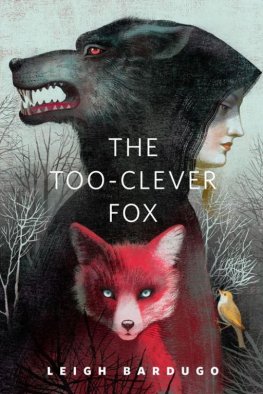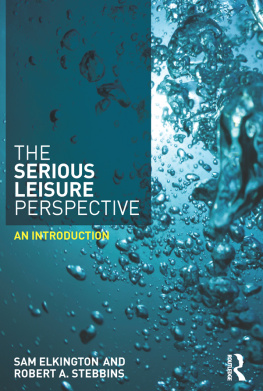ROUTLEDGE LIBRARY EDITIONS:
LEISURE STUDIES
Volume 7
YOUNG PEOPLE AND LEISURE
YOUNG PEOPLE AND LEISURE
JOHN LEIGH
First published in 1971 by Routledge & Kegan Paul
This edition first published in 2019
by Routledge
2 Park Square, Milton Park, Abingdon, Oxon OX14 4RN
and by Routledge
52 Vanderbilt Avenue, New York, NY 10017
Routledge is an imprint of the Taylor & Francis Group, an informa business
1971 John Leigh
All rights reserved. No part of this book may be reprinted or reproduced or utilised in any form or by any electronic, mechanical, or other means, now known or hereafter invented, including photocopying and recording, or in any information storage or retrieval system, without permission in writing from the publishers.
Trademark notice: Product or corporate names may be trademarks or registered trademarks, and are used only for identification and explanation without intent to infringe.
British Library Cataloguing in Publication Data
A catalogue record for this book is available from the British Library
ISBN: 978-0-367-11036-9 (Set)
ISBN: 978-0-429-24268-7 (Set) (ebk)
ISBN: 978-0-367-11047-5 (Volume 7) (hbk)
ISBN: 978-0-429-02448-1 (Volume 7) (ebk)
Publishers Note
The publisher has gone to great lengths to ensure the quality of this reprint but points out that some imperfections in the original copies may be apparent.
Disclaimer
The publisher has made every effort to trace copyright holders and would welcome correspondence from those they have been unable to trace.
Young people and leisure
John Leigh
First published 1971
Reprinted 1977 by
Routledge & Kegan Paul Ltd
39 Store Street,
London WC1E 7DD and
Broadway House,
Newton Road,
Henley-on-Thames,
Oxon RG9 1EN
Printed and bound by
Weatherby Woolnough, Wellingborough, Northants.
John Leigh 1971
No part of this book may be reproduced in any form without permission from the publisher, except for the quotation of brief passages in criticism
ISBN 0 7100 7059 4
In the course of the three years of the North-East Derbyshire Project and the longer period of the preparation of this book I have received help and encouragement from many people. It is impossible for me to express adequately my gratitude to all those from whom help has been received. I should, however, like to acknowledge my debt to the following bodies and groups: The project management committee, the King George V Jubilee Trust, the development committee of the National Association of Youth Clubs, the youth service staff of north-east Derbyshire, the ten students from the youth work course of Matlock College of Education who conducted the survey in Minton in 1968.
I should also like to express my particular thanks to the following individuals: Mr D. Anthony, Mr E. Bourne, Lt Col. R. T. Brain, Mr M. Farrant, Mr E. Joyce, Mrs M. Leigh, Dr C. S. Smith, Mr B. Stewart, Dr W. D. Wall and to Mr John Haines, the consultant to the project.
J.L.
The young people mentioned in the studies in this book are all given fictitious names and fictitious initials. In no case are the initials or names used those of the real young people with whom the studies were concerned. The names of the places in which special studies were conducted are also fictitious. If there are real places with these names they are not therefore the places referred to in this book.
J.L.
Most of the practical work for this book was carried out during the years 19669 as part of a project sponsored jointly by the National Association of Youth Clubs and Derbyshire Education Committee with the financial backing of the King George V Jubilee Trust. The starting point for the project was concern over the increasing absence of young adults from youth service and adult education provision. I was appointed for three years with very wide terms of reference to examine this situation and to report fully to my employing bodies.
I should say immediately that this book is not a report of that project nor is it limited to a consideration of the youth service or a particular age group. Indeed the only discussion of the position of young adults in youth clubs occurs in the final chapter.
As I immersed myself in the problem I had been set I became increasingly aware of the whole range of factors which relate to leisure provision and the service making such provision. Questions about education and leisure are inevitably bound up with questions about the sort of society we live in and that to which we aspire. Such questions cannot be answered but consideration of them must increasingly concern and involve all who work in schools, youth service and adult education. My aim in writing this book is to stimulate and add to the debate.
Throughout the period of the project and the writing of this book questions about leisure provision, continuing education and community development have been very much in the air. It has been an exciting and stimulating period in which to be working in this field.












